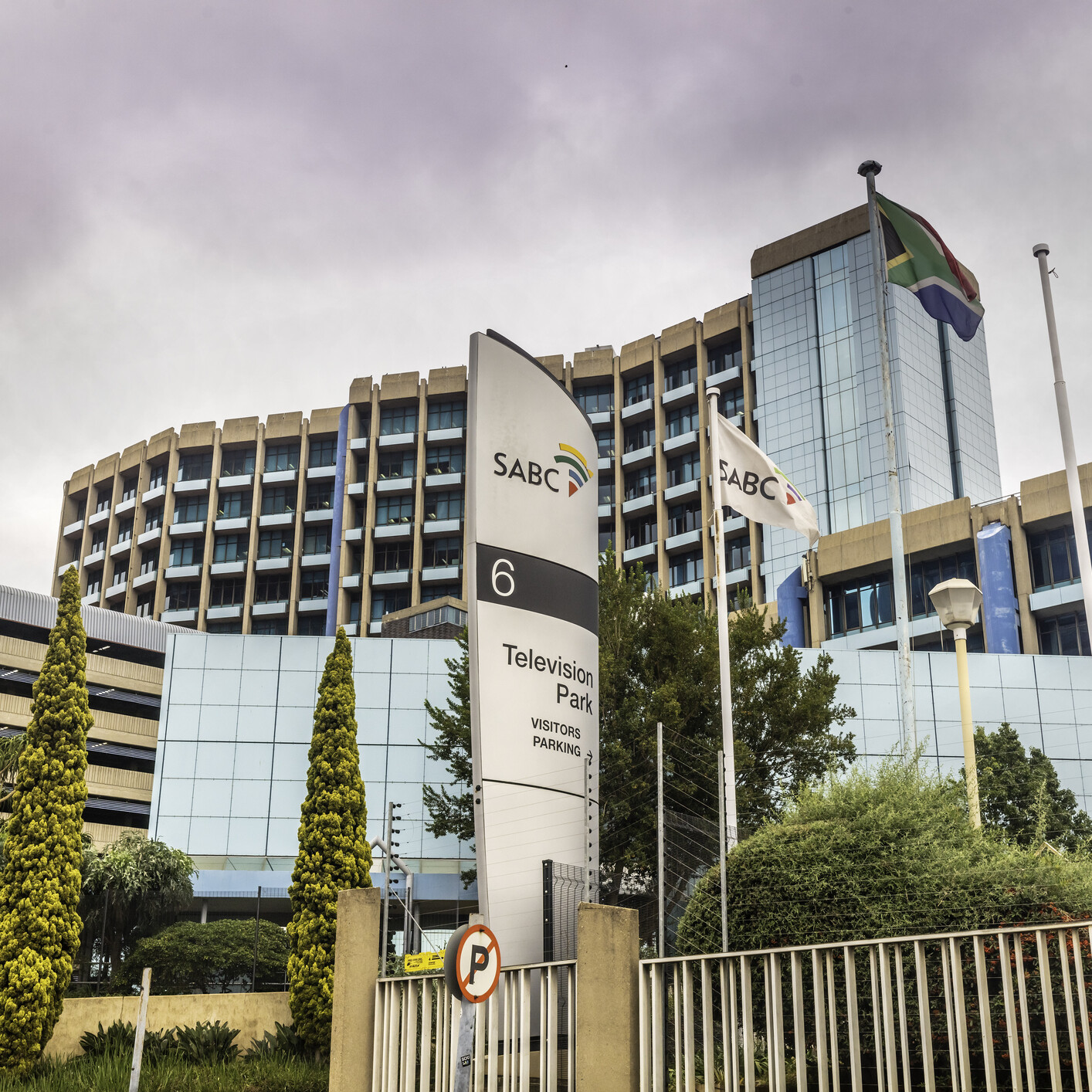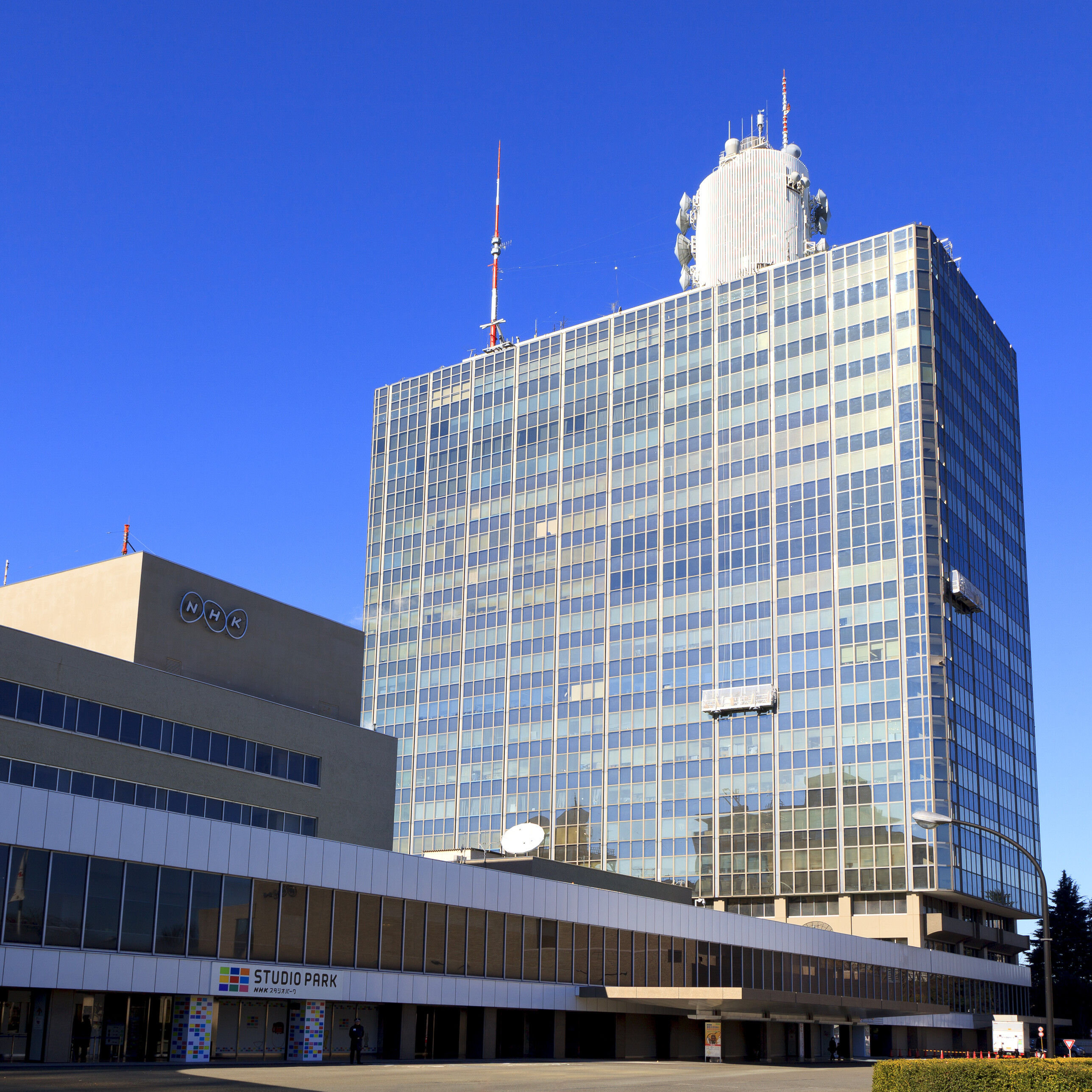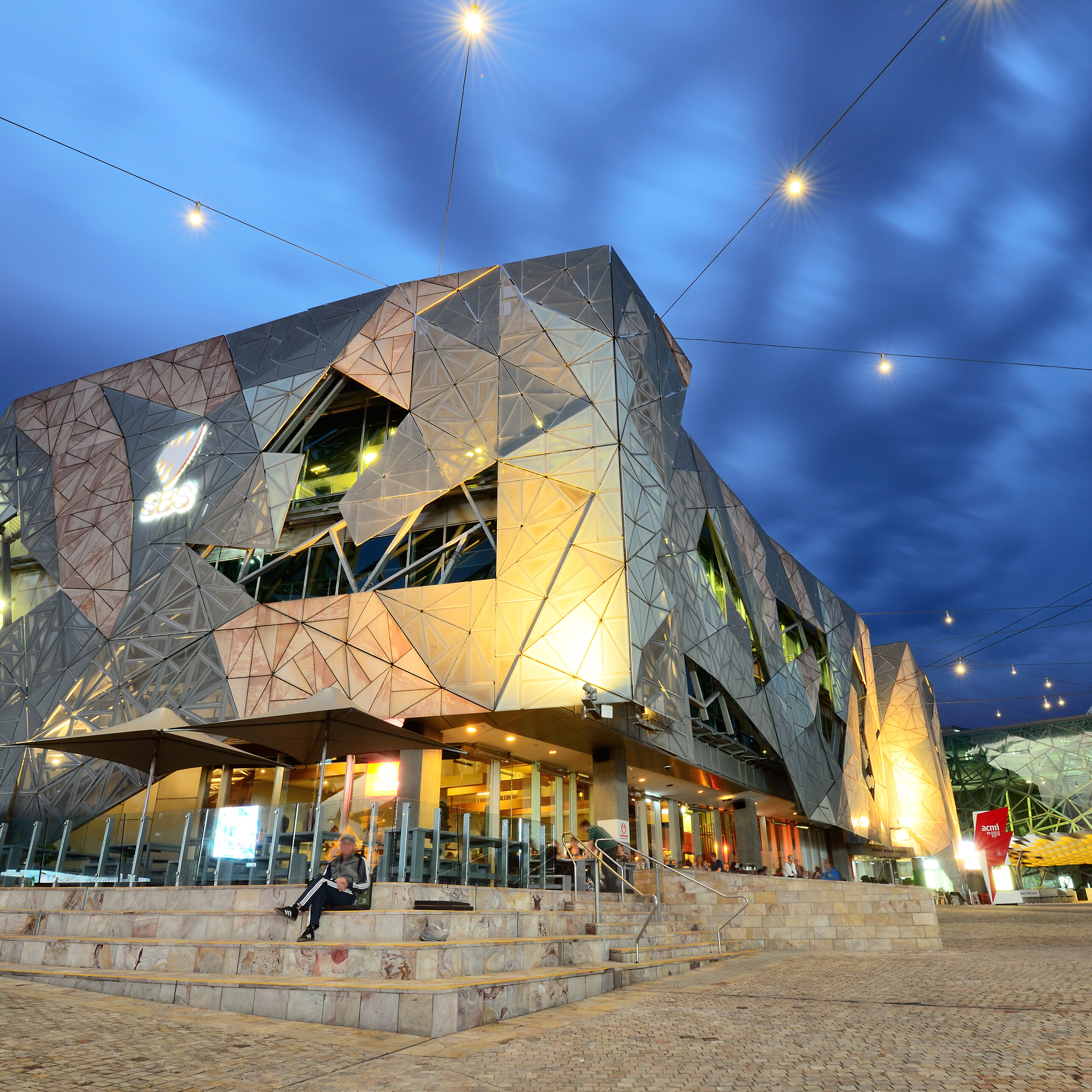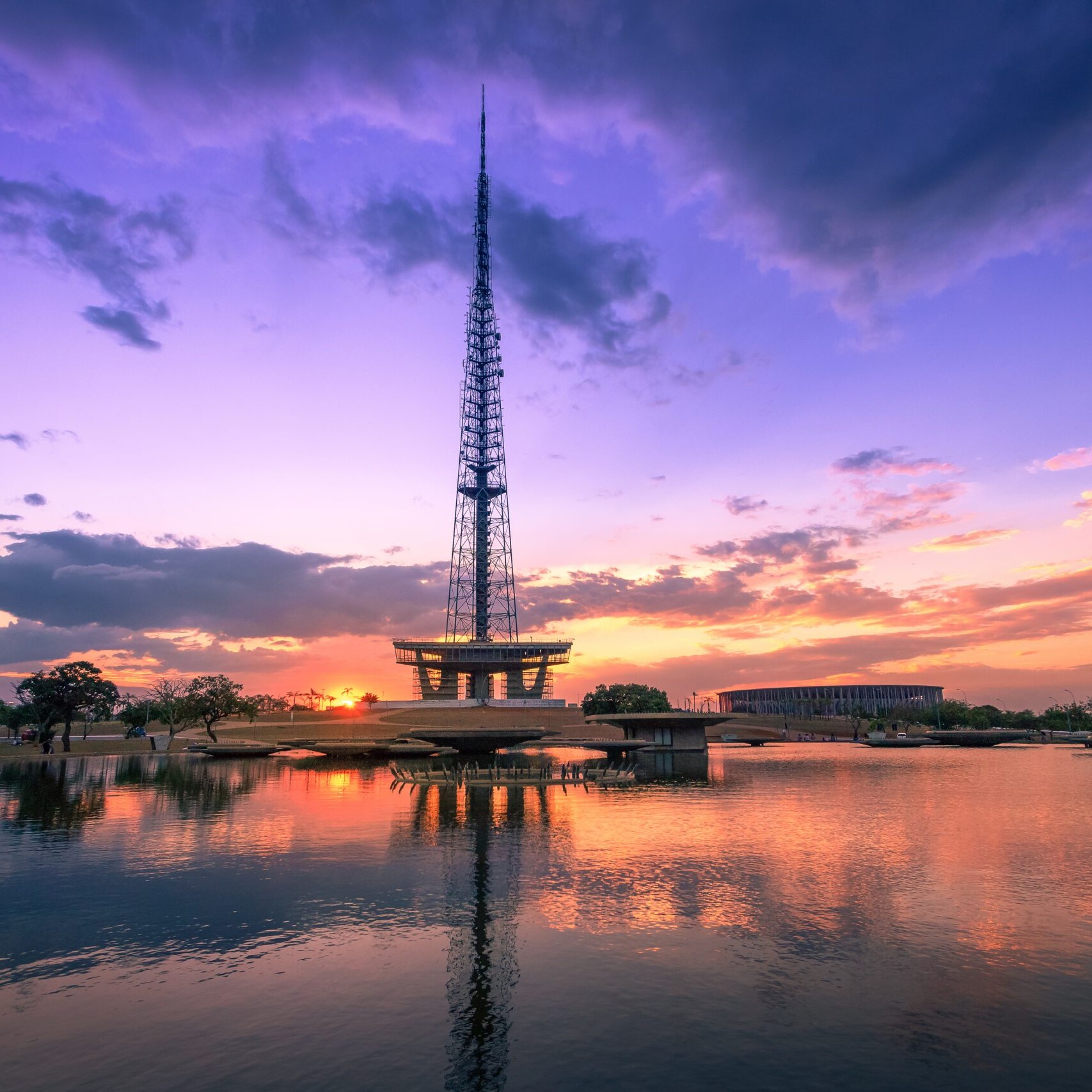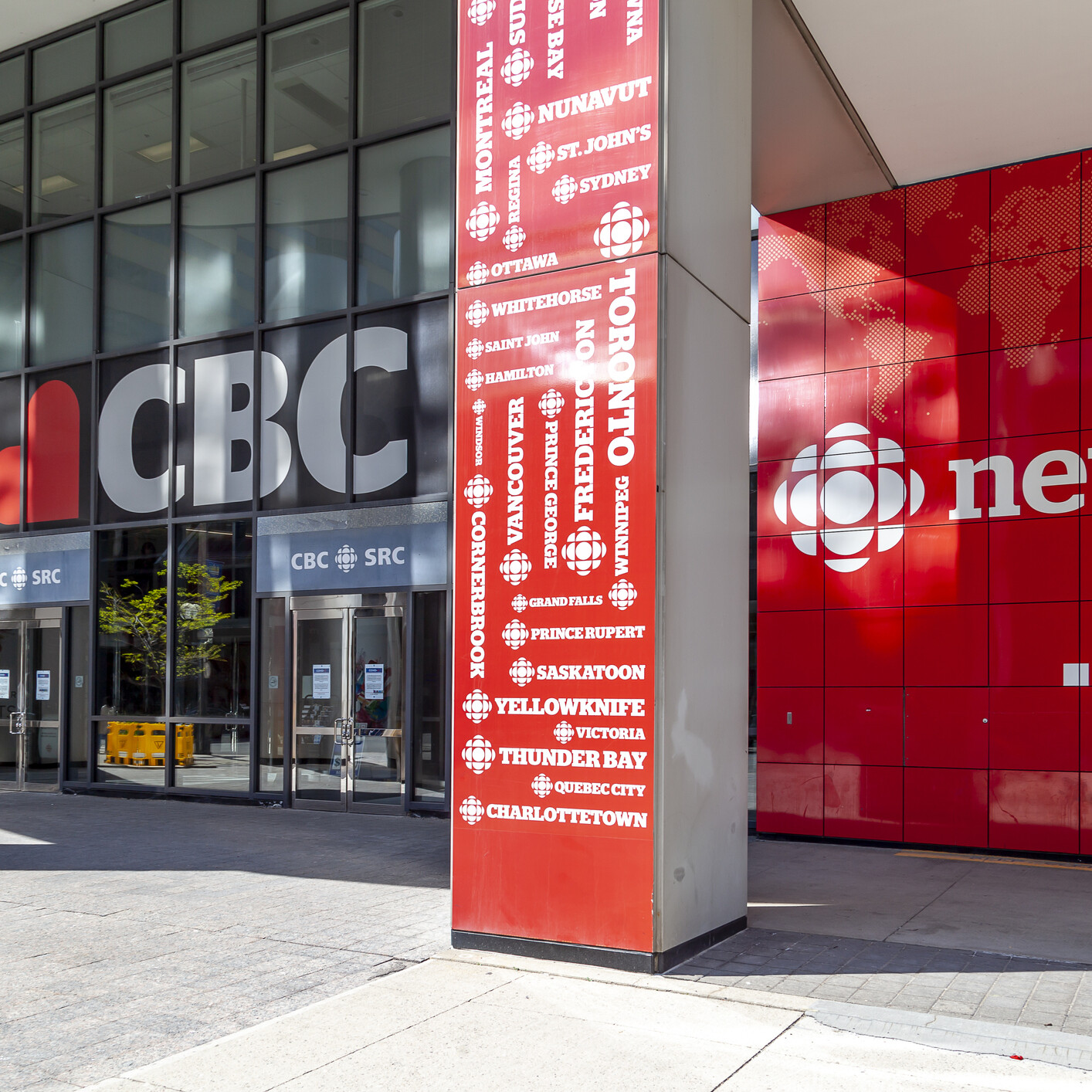- Home
- About Us
- What is PSM?
- Public Media Worldwide
There are more than 100 organisations around the world that self-identify as public service media.
But while many of these organisations are built upon the core values of public media – such as public funding, accountability, accuracy, impartiality and universalism – each varies in structure, in their operation, and the degree to which they adhere to each value.
They also differ according to the social, political, cultural and economic contexts of their national setting.
With this in mind, the Public Media Alliance has used publicly available data to provide an index of these organisations and the way in which they identify as public service media. The index will be used to analyse these organisations and the extent to which they provide value to the public in our new annual review.
Explore the data
Simply click on a region from the selection below to explore public media organisations country-by-country.
This is an ongoing project for PMA and we welcome input from members and other public media organisations. Please email info@publicmediaalliance.org with any suggestions or comments regarding the details we display for your organisation. More organisations will be added monthly.
NOTE: We will be updating this resource later on in 2023.
Header Image: Melbourne, Australia – Jul 27, 2019: The ABC Studios news collaboration room. Credit: Alex Cimbal / Shutterstock.com
